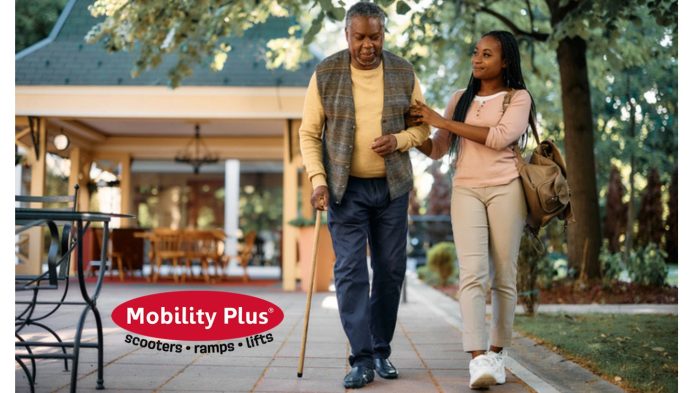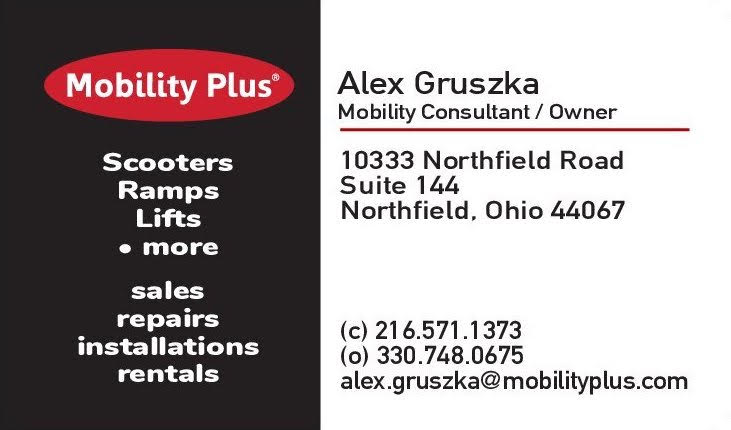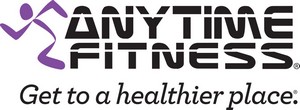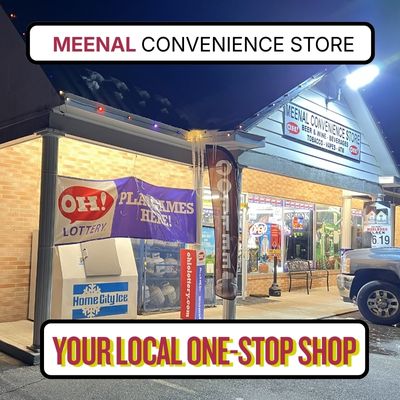Starting One of Life’s Most Important Discussions
Many adult children in Northeast Ohio find themselves watching their parents struggle with everyday tasks that once seemed effortless. Maybe you’ve noticed Dad holding onto furniture as he walks through the house, or Mom avoiding stairs she used to climb without hesitation. These observations often signal it’s time for one of the most important conversations you’ll ever have with your aging parents about their mobility needs.
Research shows that 75% of older adults express a desire to live out the rest of their lives in their current home, making mobility assistance crucial for aging in place safely. However, initiating these discussions requires sensitivity, patience, and the right approach to maintain dignity while addressing real safety concerns.
Understanding the Emotional Landscape
Before starting any conversation about mobility needs, it’s essential to recognize what these discussions represent for aging parents. When talking with older adults it is critical to understand how loss begins to define so much of their world: loss of health, finances, friends, mobility, and control.
For many seniors, discussing mobility aids like walkers, wheelchairs, or home modifications can feel like acknowledging a fundamental loss of independence. This emotional weight makes the conversation inherently challenging, but understanding these feelings helps you approach the topic with greater empathy.
Timing and Setting: Creating the Right Environment
Choose the Right Location
The best place to have a tough conversation is in your parents’ home, where they feel most at ease. Their familiar environment provides comfort and allows them to maintain a sense of control during potentially difficult discussions.
Don’t Wait for a Crisis
Don’t wait until a crisis occurs to begin talking to your parent about some of these important transitions. Start the dialogue now. Beginning these conversations before an emergency gives everyone more time to explore options and make thoughtful decisions rather than rushed ones.
Use Natural Conversation Starters
Rather than diving directly into mobility concerns, try indirect approaches that feel more natural. Consider using:
- Regular visits as check-in opportunities
- News stories about home safety or accessibility
- Questions about their priorities and what matters most to them
- Discussions about what has worked well in their retirement
- Summer activities they’d like to continue enjoying
Essential Communication Strategies
Listen First, Advise Second
Offer options and not advice. Remember to ask for your parents’ ideas and input. Express your concerns rather than telling them what they should do. This approach helps maintain their sense of autonomy while addressing legitimate safety concerns.
Use Their Language
Pay attention to how your parents discuss sensitive topics. The words and phrases we use to communicate may seem like an insignificant part of this conversation, but they reveal quite a bit about a person’s thoughts on and feelings about what they’re discussing. Respecting their terminology helps them feel more comfortable and in control.
Focus on Enabling, Not Restricting
Frame mobility aids as tools that expand possibilities rather than limitations. For example, instead of saying “You need a walker because you’re unsteady,” try “A walker could help you feel more confident getting around and give you more energy for the activities you enjoy.”
Be Patient and Persistent
It may take many conversations over a long period of time before they see the need for change as clearly as you. Expect multiple discussions rather than expecting resolution in a single conversation.
Practical Steps for Mobility Discussions
Assess Current Needs Together
Start by collaborating on an honest assessment of current mobility challenges:
- Walking longer distances
- Getting up from chairs or beds
- Navigating stairs safely
- Maintaining balance
- Managing fatigue during daily activities
Explore Options Collaboratively
Present various mobility solutions as choices rather than requirements:
- Mobility scooters for longer distances and community outings
- Walkers or canes for daily stability and confidence
- Stair lifts to maintain access to all levels of their home
- Grab bars and ramps for safer navigation
- Lift chairs for easier standing and sitting
Discuss Practical Considerations
Address real concerns about mobility aids:
- Cost and insurance coverage
- Storage and maintenance
- Training and comfort with new equipment
- How aids might affect their daily routines
- Transportation considerations for scooters or wheelchairs
Addressing Common Resistance
“I Don’t Want to Look Disabled”
Acknowledge these feelings while highlighting how mobility aids can actually enhance their appearance by improving posture, confidence, and reducing visible struggle. Many modern mobility aids are designed to be attractive and less institutional-looking.
“It’s Too Expensive”
Discuss options like rental programs, insurance coverage, and the cost of potential injuries versus prevention. Mobility Plus Northfield offers flexible rental options that allow families to try equipment before making major purchases.
“I’m Not Ready Yet”
Respect their timeline while providing information. Sometimes offering to research options together or visit a showroom “just to see what’s available” can help them become more comfortable with the idea.
When to Involve Professionals
Consider bringing in healthcare professionals when:
- Safety concerns are immediate
- Multiple mobility issues need addressing
- Your parents resist all suggestions
- Complex equipment assessment is needed
- Family members disagree on appropriate solutions
Physical therapists, occupational therapists, and mobility specialists can provide objective assessments and recommendations that carry more weight than family suggestions.
Creating a Support Plan
Involve the Whole Family
Get all the issues on the table and assess the perspective and degree of support from siblings and other relatives. A unified family approach prevents confusion and mixed messages.
Plan for Gradual Implementation
Consider starting with minimal interventions and building up:
- Simple grab bars or railings
- A cane for outdoor walks
- A walker for longer distances
- More comprehensive home modifications as needed
Establish Regular Check-ins
Keep notes from your important discussions. Recording thoughts and wishes makes it easier to follow up in future conversations. Schedule regular conversations to assess how mobility aids are working and whether adjustments are needed.
Moving Forward with Confidence
Remember that discussing mobility needs isn’t about taking away independence—it’s about preserving and extending it. The goal is to help your parents maintain their quality of life, stay in their homes longer, and continue participating in activities they enjoy.
At Mobility Plus Northfield, we understand that choosing mobility equipment is both a practical and emotional decision. Our team works with families to find solutions that enhance independence while addressing legitimate safety concerns. We offer comprehensive assessments, trial periods, and ongoing support to ensure the right fit for each individual’s needs and lifestyle.
These conversations may be challenging, but they’re also opportunities to demonstrate love, respect, and commitment to your parents’ wellbeing. With patience, understanding, and the right approach, you can help them embrace solutions that will enhance their independence for years to come.
Ready to explore mobility options with your parents?
Contact Mobility Plus Northfield for a compassionate consultation that respects their autonomy while addressing your family’s safety concerns.
Mobility Plus Northfield
























